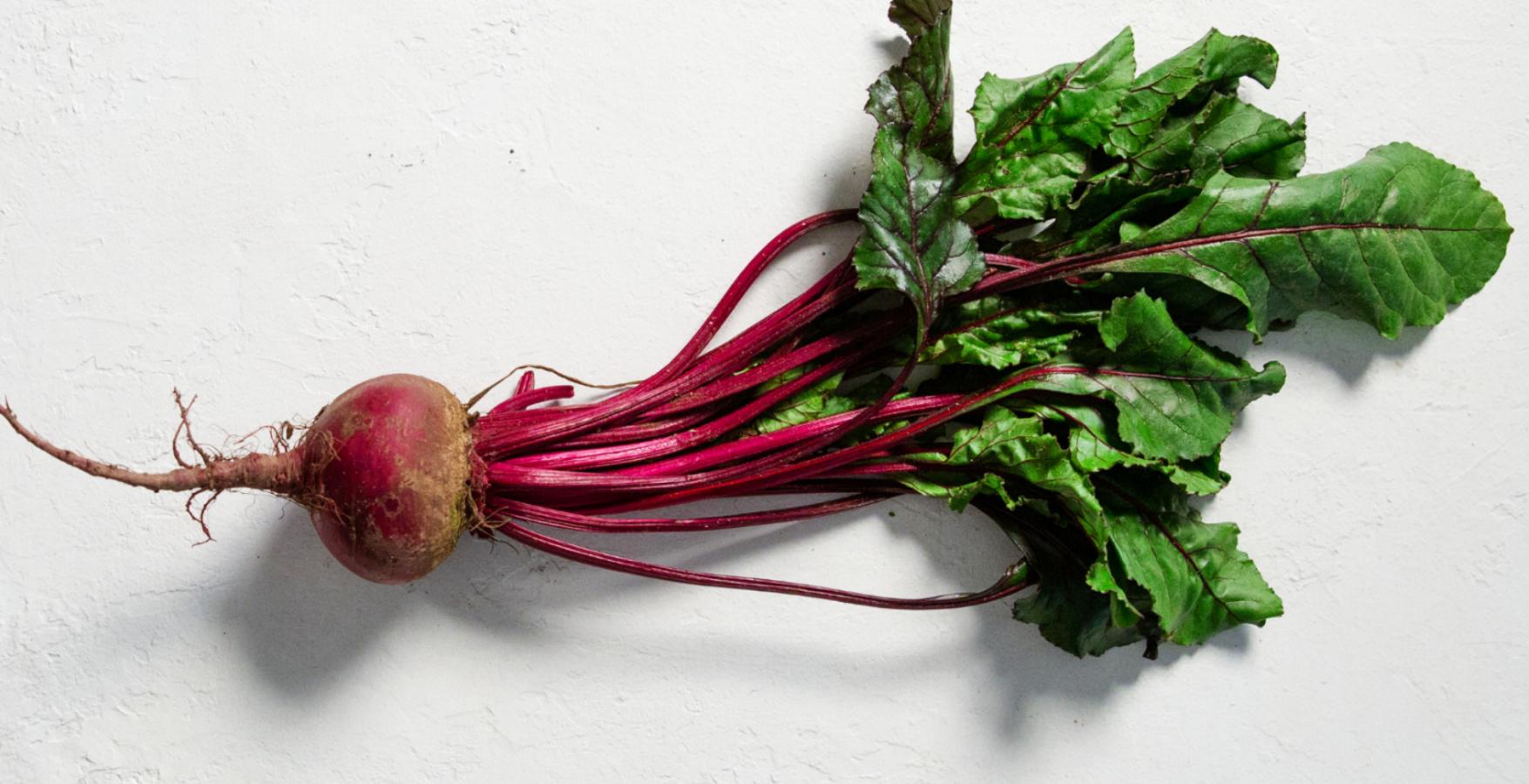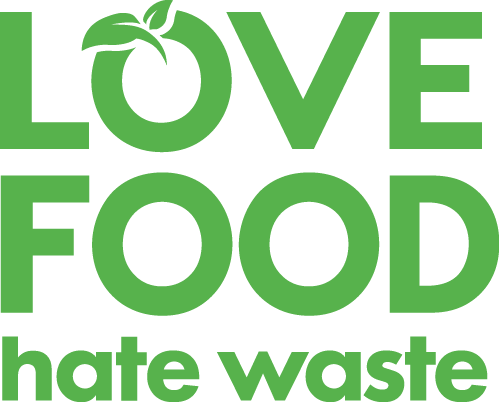
Exploring the lifecycle of our food
Getting to know the lifecycle of your food will ensure you cherish the food you have. There are four stages that relate to key steps in the food journey that help us to consider how to love our food and keep it from going to waste
As we enter the tail-end of summer, enjoying juicy fruits and fresh summer salads, it’s a great time to lap up the sunshine and think about food.
This month we’re looking into the lifecycle of our food. About the whole circularity of it. From the hard work and care farmers put into growing produce, getting it from the farm to your plate. Our effort to buy, prepare it and eat it before we dispose of unavoidable food scraps so they can be (hopefully) turned into compost and returned to farms to help crops grow.
We can do a lot along the way to make sure none of that effort – or food – goes to waste. With a few simple food hacks and planning tips, you’ll be surprised how easy it’s to make the most of the food that’s grown and arrives at your door.
This month, we’ll be focussing on the lifecycle of food:
Growing
You’ll be eager to love your food even more by learning about the care Aussie farmers give our food to ensure it’s tasty and full of goodness. It’s also possible to keep the lifecycle of fresh food alive at home by buying items with roots and regrowing them in water or soil.
Buying
Whether you shop at local markets, online or at the supermarket, planning meals and a shopping list can have a big impact on your pocket and the environment. Planning meals that use in-season ingredients and local ingredients help support the local economy. Local produce tends to be fresher as it spends less time in transport and can be cheaper too, which is a great way to save money.
Consuming
When you plan your meals think about cooking once and eating the meal twice in different ways. Try to build this into your weekly shopping list, it will save you time and money.
Disposing
To keep food from going to waste, store fresh produce in the crisper and any cooked foods in sealed containers in the fridge or freezer. For unavoidable scraps like banana skins, compost it at home. If your council provides a food scrap collection service, pop it into your green lid bin so it can be turned into compost and returned to the land to grow more. Talk about a circular system!
